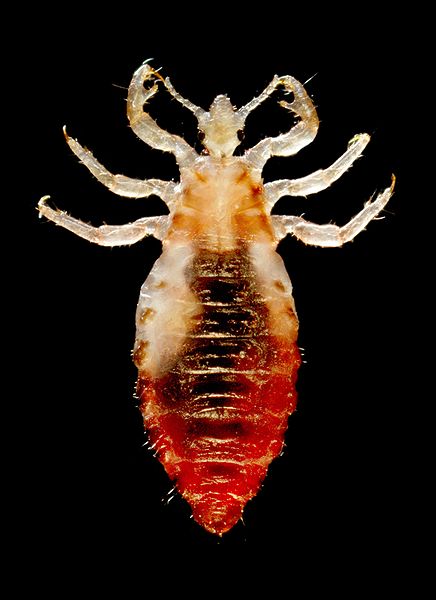
In “Parasites drove human genetic variation” (Nature, 11 November 2011), Cassandra Willyard reports “Adapting to pathogens was more important than climate and diet in driving natural selection”:
The authors of a study published last week in PLoS Genetics1 used data from more than 1,500 people, representing 55 distinct populations, to calculate the frequency of different genetic variants. They then developed a statistical model to predict the distribution of these variants. The model incorporates three types of environmental variable that could have exerted selective pressure on the human genome: climate; the importance of subsistence strategies such as agriculture, fishing and animal husbandry; and pathogen diversity.
The researchers removed the variables from the model one at a time, to see which would have the biggest impact on the predictive power of the model. “What we show is that all three factors are important, but the strongest factor is the pathogenic environment,” says Rasmus Nielsen, a computational biologist at Berkeley, and a co-author of the study.
Is this another computer model? Meanwhile,
Bryan Kolaczkowski, an evolutionary biologist at the University of Florida in Gainesville, says that there is not yet enough evidence to make a causal link between pathogen adaptations and autoimmune disease. “It’s a reasonable speculation, but I wouldn’t say it’s a strong conclusion of this paper,” he says. The evidence would be more convincing if the authors had found that the same genetic variants that enabled us to fight off pathogens also increased our susceptibility to autoimmune diseases. Making that connection would be a good next step, he says.
Neither is Kolaczkowski convinced that pathogens are more important than climate and diet. “A lot of adaptation in the immune system is sort of these on/off switches,” he says. But adaptation to climate or diet might be more like “fine-tuning a radio” by dialling in the appropriate response, so pathogen-driven adaptation may simply be easier to detect than other kinds, he says.
Now that he mentions it, adaptation to climate and diet is an ever-changing, season-to-season, year-to-year thing, perhaps especially in temperate zones.
Follow UD News at Twitter!